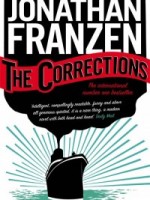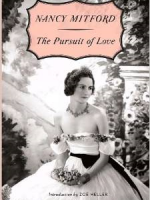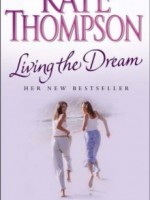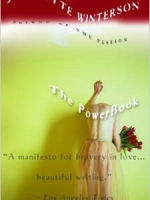(Published by Bloomsbury)
 |
I have to begin by pinning my colours to the mast: I am a big fan of Frida Kahlo’s art, I am fascinated by the story of her life and I loved the 2003 biopic starring Salma Hayek and Alfred Molina. Not surprisingly then I approached this book (upon which the movie was based) with a certain degree of excitement and anticipation, both of which were very quickly dulled.
It seems a travesty to me that such a vibrant and colourful life has been rendered so leaden by a biographer not equal to the task she set herself. Although valuable as a tome that leaves no stone unturned in its excavation of events in Frida’s life (from relationships and political affiliations to medical history), Herrara’s labour of love could have done with some vigorous editing. But where it really falls down – flat on its face – is in the writing about the art itself.
The core of the book lies in Frida’s struggle to develop as an artist, a struggle played out often in the shadow of her famous husband, Mexican muralist Diego Rivera. Despite the many infidelities, on both sides, Rivera was the indisputable love of Frida’s life: she married the man twice!
Documentation of this electric relationship (can’t live with, can’t live without) and of Frida’s struggles with her health – ongoing, excruciating operations on her spine and her devastating inability to have children – offer valuable insights into the themes in her paintings, but Herrara does an extremely clumsy job of linking the two.
Kahlo’s art is intense, mysterious and absorbing, but it is far from inaccessible. Armed with the biographical information this book provides, readers will find themselves more than capable of making the same, and probably more interesting, analyses of the paintings as Herrara.
Despite perceived associations with Surrealism, Kahlo was more of a realist painter working in a narrative, and very Mexican, tradition. She may have used symbolism and mythology in her work, but she wore her heart not just on her sleeve but on her canvases. Throughout her life she played out her pain, her obsessions and her passions, in paint.
Someone should have told Herrara to confine herself to the role of biographer and not that of art critic. I began by dutifully wading through her regular bouts of poor analysis and unenlightening description, but about half way through I simply began to skip pages.
Many of the paintings are reproduced in the book but as they suffer from the small-scale reproduction necessary in a paperback, it is the real-life photographs that are of most interest. Pictures of Frida as a young girl, with Rivera, at political rallies, with Leon Trotsky, painting her body casts in hospital or being carried on her bed into her 1953 solo show, all offer fascinating illustration of a life lived to the max despite constant illness and pain.
It took me two years to read this book: it may be pretty big (443 pages), but it’s not that big! I kept picking it up and putting it down and it became a long-time, increasingly baleful, resident of my bedside table. I am delighted to have finally finished it, because I wanted to know more about Kahlo’s life, but I cannot say I enjoyed it.
Herrara’s skills lie in her ability to do the research and get the information down but her book is seriously plodding, even dull on occasion. Where are all the good editors gone? One of the purposes of biography may be educational, but with source material this good, it should never have become a chore for the reader. My verdict? Watch the film for a beautiful, if condensed, version of Kahlo’s life story and if you ever get a chance to see the paintings in person, grab it – you will not be disappointed. ![]()



